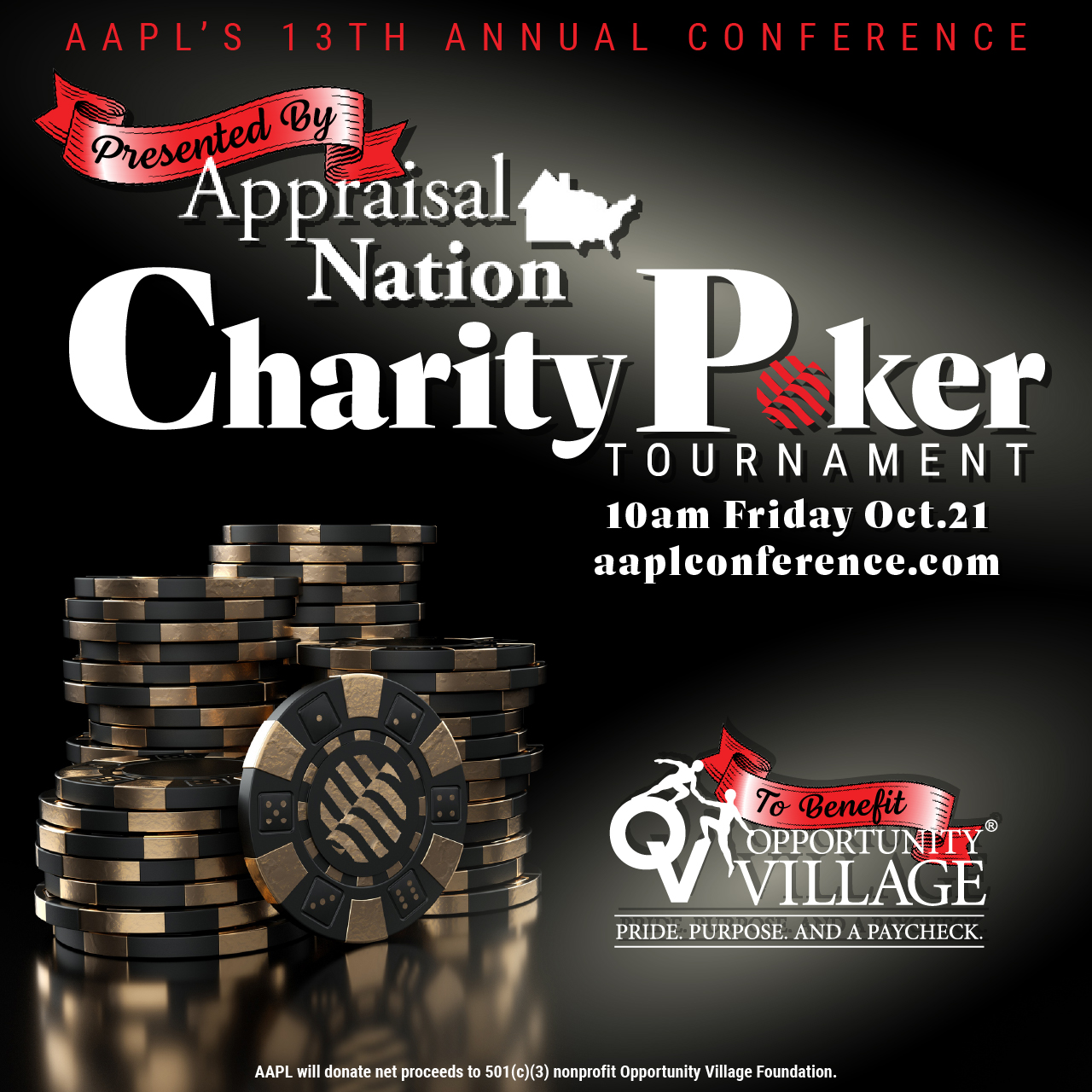Note: This blog entry is written by Matt Burk. Mr. Burk is CEO of Fairway America, a boutique real estate finance advisory and investment firm providing strategic business planning services nationwide to select private money lenders around the structure, architecture, and administration of proprietary mortgage pool funds. He is the founder of Fairway America who has funded more than $200,000,000 in private money trust deed investments with both individual trust deed investors and in six proprietary mortgage pool funds. He is also the Chief Investment Officer and Manager of Fairway America Fund VI, LLC, a nationwide real estate based mortgage pool fund.
Our recent webinar series on raising capital for discretionary real estate asset based funds has precipitated many questions to us the past few weeks. A major theme we focused on was the difference between what I call the “active” investor vs. the “passive” type. These adjectives are just names or descriptions that I have given them. But it is the profile, the characteristics, the DNA of the respective investor types that is important for the discretionary investment (or “blind pool”) fund manager to really comprehend. Understanding the investor type can have serious implications for the level of success that is achieved or not in raising capital and the speed with which that success or lack thereof is realized in his or her fund. Given the volume of comments and questions I have received on the topic, I thought I would devote some space in this blog to the issue.
So is it better to invest in one-deal-at-a-time or in a blind pool? One is not necessarily or automatically better than the other. They simply have different characteristics, economic structures, security interests, and fundamental risks (although certainly there are some of the same in both). Over the next two blogs, I will discuss what I think are the pros and cons of each approach. Let’s start this week with individual deals. And since many of our clients are private lenders and since this is my background and deep experience, I will speak of “whole loans” when referring to individual deals. This could just as easily be direct ownership of real property or some other real estate based asset and, for the purposes of this discussion, could also include fractional ownership of these individual deals, even though that format has additional nuances and risks that I will not attempt to address in this article. For clarity to the reader, I will write from the perspective of the investor and communicate my beliefs about the difference between investing in a single real estate based asset (whether that be real property or debt secured by real property) and investing in a discretionary fund comprised of such assets.
The biggest advantage of a whole loan (again from an investor’s perspective) is that the investor knows precisely which asset protects their capital. They are not relying solely on the originator (the private lender/broker who procured the deal in the first place). There is a specific piece of property securing the loan that an investor can assess, evaluate, and underwrite (although I would argue they frequently rely heavily on the originator’s opinion of value). There should be a perfected security interest (typically in the form of a recorded mortgage or deed of trust) in the collateral that secures the note (the promise to repay the loan on whatever terms have been negotiated) naming them as the beneficiary. In the event of default by the borrower or problems with the originator, this affords the investor significant protection of his or her capital. The investor also has some ability (varying from one originator and situation to another) to negotiate the terms of the deal, including the interest rate received, any split of points (or fees), the term of the loan (maturity date), and/or others. The investor may allow the originator to service the loan on their behalf (or the originator may give the investor a choice of whether or not to engage them for this purpose) and the originator may or may not keep an interest rate spread. (I am still shocked by the number of originators who service loans for nothing other than the original points collected on the deal.) Being able to pick and choose specifically which deals to go into and “knowing” specifically what asset secures their capital account is what makes the whole loan model so appealing to many investors.
So what are the downsides of the whole loan model? The first and the biggest is the lack of diversity afforded to the investor by owning the entire deal. (This is mitigated somewhat in the case of a fractional interest in ownership of a trust deed, but that model has other risks and downsides of its own.) The investor is taking all of the exposure to any risks associated with that particular deal and does not achieve any diversification of risk when investing in one deal. For some “active” whole loan investors this diversity can be achieved, at least in some measure by investing in multiple individual whole loans. I have seen over and over situations where individual investors love the whole loan model…as long as the borrower is paying. But if a borrower defaults, the payment stream on that loan typically ceases entirely and now there is zero cash flow. In addition, the investor is generally responsible for advancing any costs necessary to exercise default remedies (namely to hire counsel and proceed with foreclosure), which can be a significant and ongoing expense. Cash flow can go from being very strong to actually negative in this situation. The time it takes to foreclose can vary dramatically by state and borrower response and behavior (such as bankruptcy filings, damaging the property, etc.). The ultimate recovery on that asset can vary wildly depending on multiple factors. The point is that the whole loan investor assumes all of this concentration risk. The second largest risk (which granted is far less potentially impactful than the first) is yield drag due to repayment of capital if there is an inability to redeploy funds in a timely manner. When the investor owns the asset in the whole loan model, he or she receives all the cash back upon payoff of that loan (which is most often short term in nature.) If one is getting 12%, for example, and it takes 90 days to find another suitable whole loan investment to replace it, the cash typically sits idle for that period and the true return to the investor is only 9%. This non-deployment period in often not considered by the whole loan investor and usually results in a significantly reduced annualized return. In a pooled investment vehicle if one loan pays off, the cash comes back to the fund and, depending on the fund structure, is often redeployed by the fund and the investor continues to receive dividends (or interest) without interruption.
Each situation is different and I am generalizing here. However, these are fundamental issues to whole loan investing, both the pros and the cons, that I have seen play out over and over again for investors in this marketplace. Further, there are all manner of subtleties in behavior by both originators (mortgage brokers, private lenders and dealmakers) and investors that develop over time as relationships evolve, which may impact performance and returns. I really only came to truly understand these behaviors after many years in the trenches of the space. These tendencies manifest themselves in what to me, are predictable outcomes, again both to the good and the not so good, depending on the depth of understanding of the particular dynamics at play. For these and other reasons, the whole loan model tends to attract what I have labeled as the “active” investor who has a desire to get involved in the process of individual deals. They are often people who have some background and experience in real estate and have the requisite skills and abilities (or at least believe they do) to make well-informed and well-educated decisions. They want “control” and they seek involvement and influence. They believe deeply that this affords them more safety and better outcomes. And they very often will not consider any blind pool investment because they feel they lose this control and influence.
I do believe that for certain investors (as well as for certain originators, brokers, private lenders and/or other real estate based dealmakers); the whole loan or single deal model is a better fit. For the “active” investor who does in fact have a deep understanding of real estate, who can afford the complete loss of income stream for a period of time (as well as front the costs associated with exercising default remedies), and who likes to be involved in the asset level decision making (because they have the time, enjoy the process, etc.), this is the better way to go. I generally find however, that quite often investors as well as the originators of these assets are not clear on the characteristics of the different models and the various risks associated with each of them or what is even available. Many times people are predisposed to do something a certain way because that is the way they have done it or that is what is familiar to them. Next week I will discuss the pros and cons of the blind pool fund investment and the characteristics of what I am calling the “passive” investor.










Leave A Comment